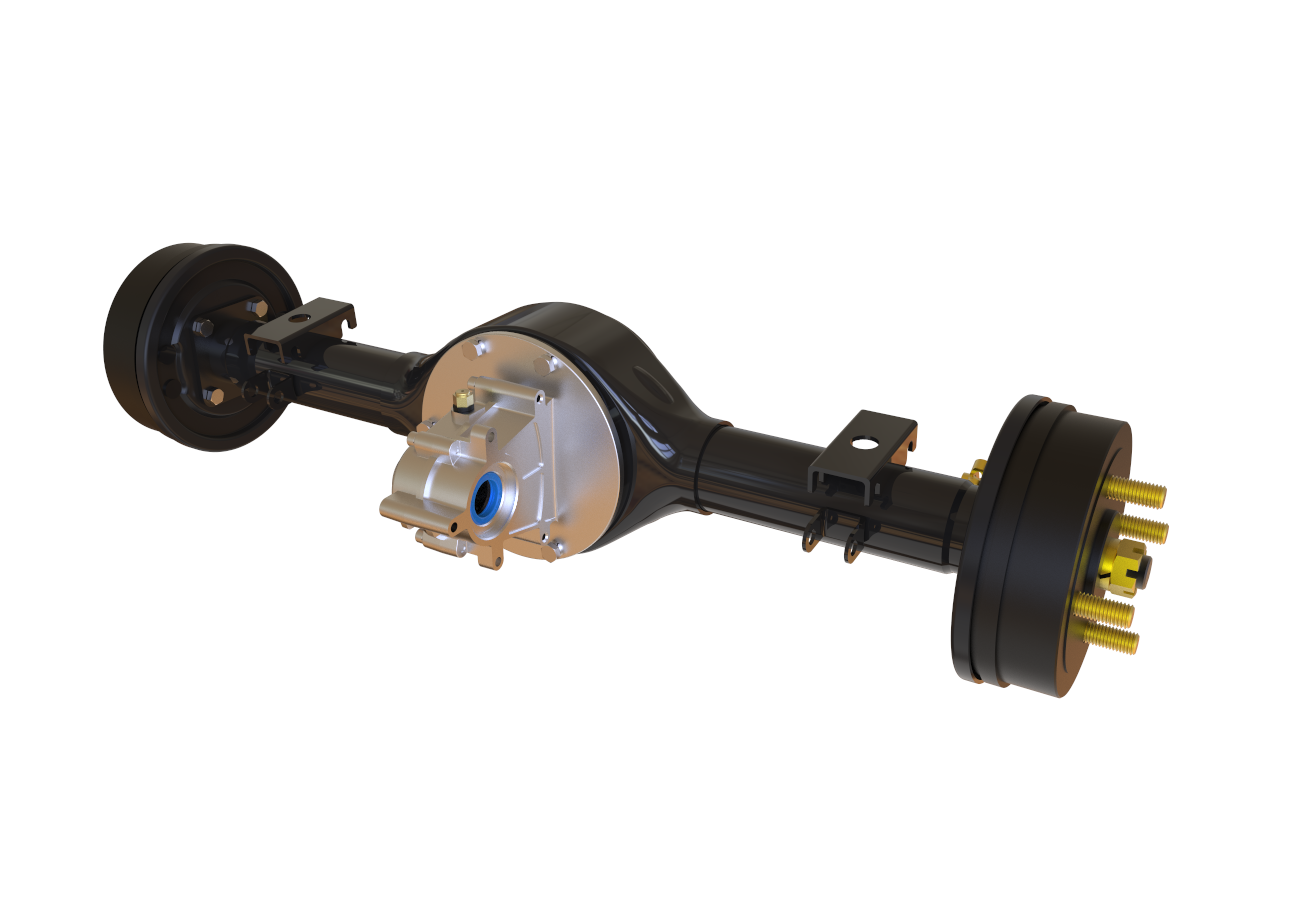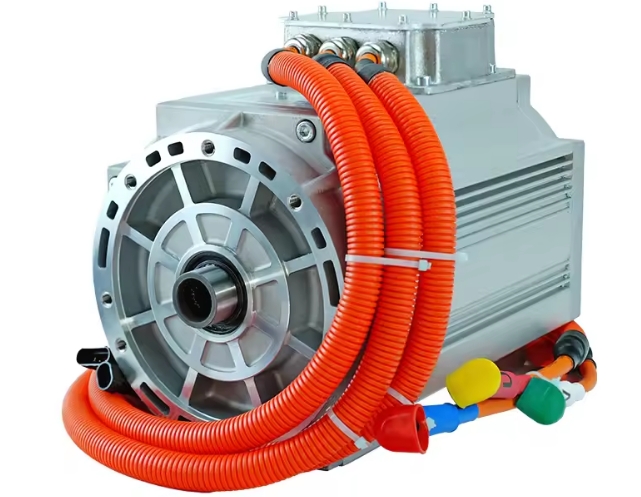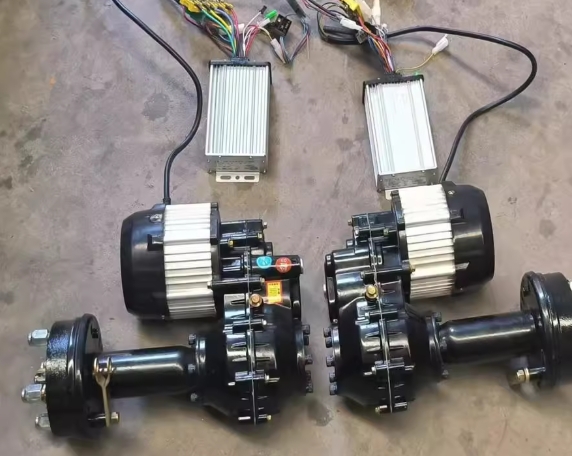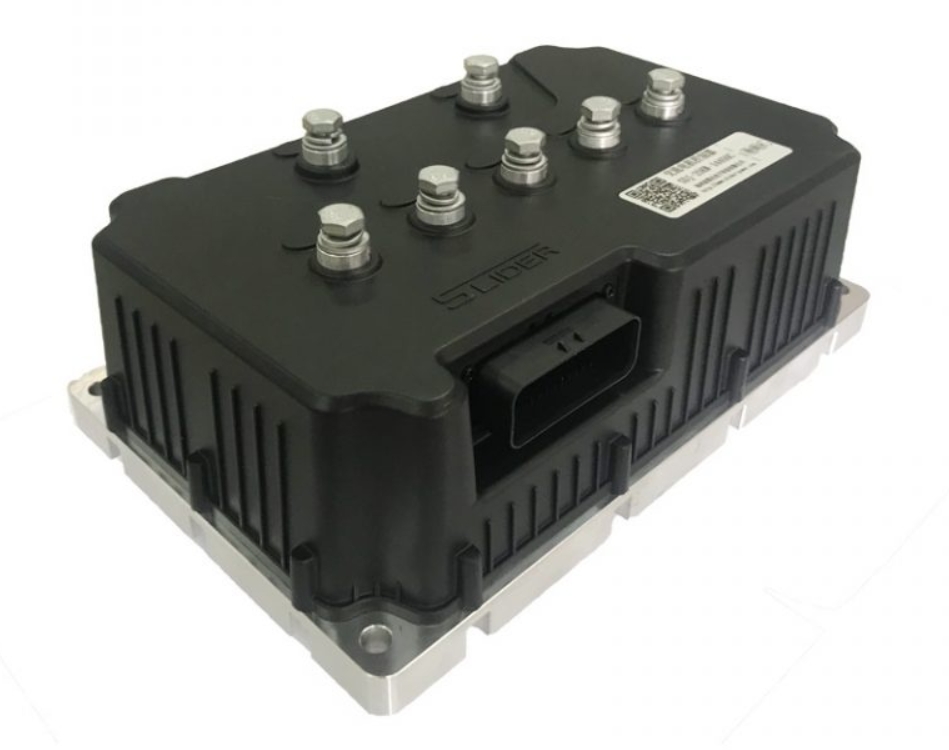![]()
Some users will carry out a no-load test run after installing a new motor on the equipment after purchasing it. And in the process of running, it is load running. Some customers will ask whether it is easy to heat up under no-load operation or load operation.

As long as it is within the normal load range, there is no difference between the speed of the stepper motor with load and no load. The stepper motor controller works in a constant current chopper environment. When the power supply, controller, and motor are connected, the load on the power supply is constant. No matter how the load of the motor changes, the voltage and current of the power supply will not change. It will change (assuming that the power supply is a regulated power supply), the so-called constant current chopping is only to achieve the purpose of constant current through chopping, that is, the energy provided by the power supply is consumed by the controller and the motor together, and the energy taken by the motor The energy is only part of the power supply, and the other part is consumed on the controller. The no-load heat generation of the stepper motor comes from copper loss, iron loss and damping load of the motor shaft; the load heat also comes from copper loss, iron loss loss and damping load on the motor shaft.
Under the premise of the same driving current/voltage and rotational speed, the calorific value of the on-load drive should be greater than that of the no-load drive . The reasons are:
1. Since the apparent driving current is the same, the contribution of copper loss to heat generation on the surface is basically the same;2. However, under the driving condition of the load, the current change rate of the motor winding is higher than that of the no-load condition, which will lead to an increase in the actual iron loss;3. Moreover, the current with a high rate of change will aggravate the skin effect of the winding current and increase the copper loss from the other side;4. When working with load, the motor shaft is often affected by the axial load, and the damping increases, resulting in increased damping heat.5. Microscopically, when there is no load, the external work of the motor is very small, and there is no need to absorb more energy from the power supply. At this time, from the power supply side, the supplied energy is mainly used to supplement the Joule energy of the winding except for a small part to overcome the no-load damping loss. Correspondingly, the current flowing in the winding mainly comes from the inductive energy storage and freewheeling effect of the winding, and the current directly supplied by the power supply only accounts for a small part, which is much smaller than the total current of the winding, so the current change rate at this time is very small. Small.6. After loading, the motor starts to do work. The amount of work depends on the load torque and speed. At this time, the motor must absorb enough energy from the power supply to resist the energy output caused by the load. As long as the load is large enough, viewed from the power supply side, the power supply Except for a small part of the energy to overcome the no-load damping and Joule energy loss used to supplement the winding, most of the energy is used to overcome the load and do work, and this part of energy is injected into the winding by the power supply in each PWM cycle or chopping cycle . Correspondingly, a large part of the current flowing in the winding comes directly from the periodic supply of the power supply, so the microscopic change rate of the current in the winding increases at this time.
7. This process can also be explained by the power angle. At no-load, the power angle of the stepping motor is very small, and the dot product of the winding current vector and the back EMF vector is very small. The winding current basically comes from the freewheeling effect of the winding inductance, and the consumption The microscopic current change rate is very small; when the load is applied, the power angle of the stepper motor expands, and the dot product of the winding current vector and the back EMF vector increases. Due to the need to do external work, the winding current consumption increases, and the periodicity from the power supply The increase in current injection and replenishment increases the microscopic current change rate.




























 XINDA
XINDA